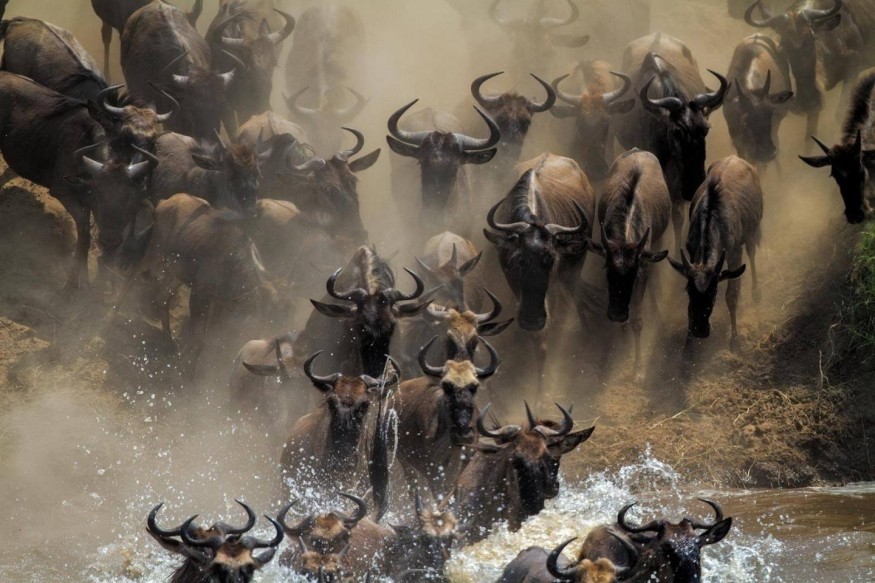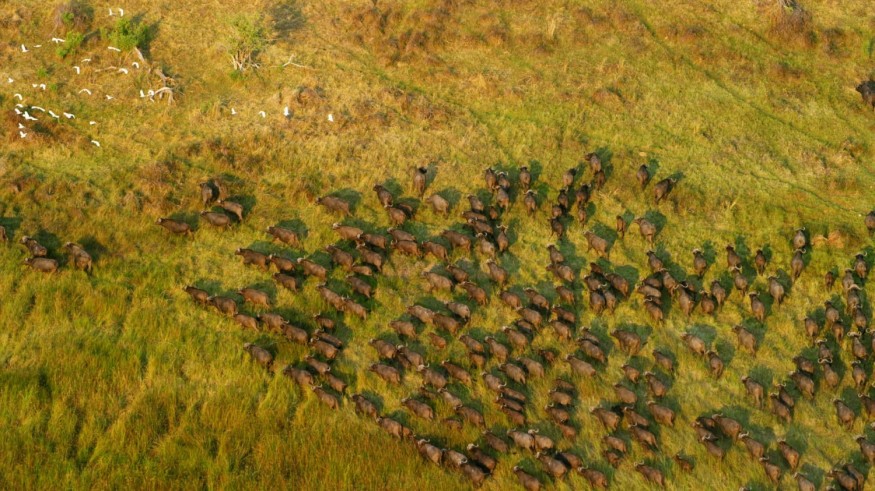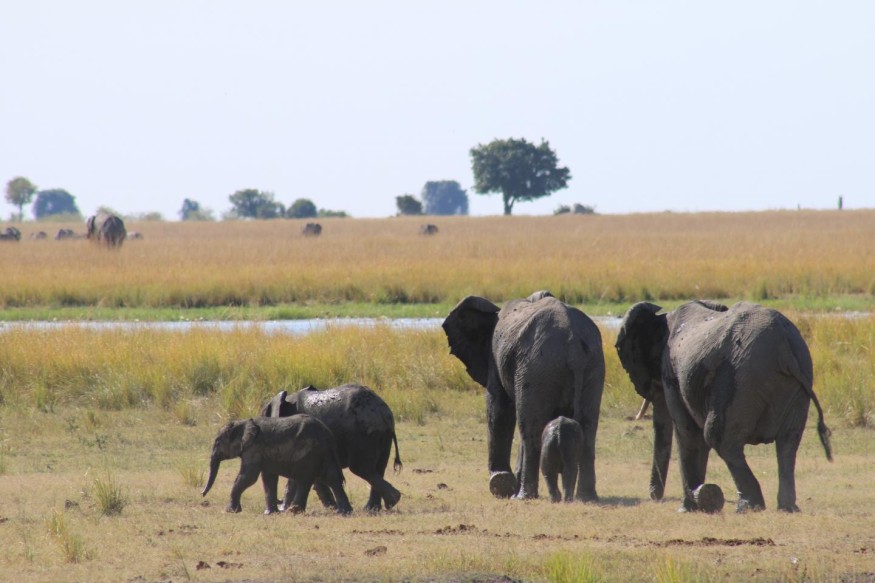Mammals require environments that allow them to acquire food, water, and mates and enable genes to circulate across groups. However, human infrastructure like highways and urban expansion frequently obstruct its flow.

Researchers think this is an issue, especially as wildlife populations throughout the world fall.
We're in the midst of a biodiversity catastrophe, said Angela Brennan, a conservation biologist and World Wildlife Fund scholar at the University of British Columbia. "We're talking about over a million species on the verge of extinction."
Recent Studies

Protected areas are frequently viewed as the cornerstone of dealing with the biodiversity catastrophe, but "their potential to reduce the crisis has certain inadequacies," she noted. Protected areas can sometimes not offer all of the resources required for animals, and human-dominated environments frequently border them. "We would see many populations and species die if [protected areas] wind up being the sole site where all of our biodiversity resides-like islands in a sea of human-modified land," she added.
Brennan and her colleagues investigated where protected areas are most and least linked throughout the world in a research published in Science.
They utilized data from a 2018 research that used GPS movement data from 800 individual animals from 57 different species to examine how human obstacles impact their travels. Human barriers were calculated using an index of human demands on the environment, including roads, lighting, and development.
Brennan and her colleagues used this information to map the flow of animal migration throughout the terrain, highlighting regions where the movement was expected to be most prevalent.
Migratory Animals

From the perspective of migratory animals, the researchers created a metric to quantify connections across protected habitats. "Nations may use this statistic to track progress toward global connectivity targets," she added.
The maps also assisted the team in identifying critical connection regions. The Yellowstone to Yukon corridor and the topography running from British Columbia's Coast Mountains to Washington's North Cascades stood out as major routes in North America.
Large protected areas close to one another in the Amazon Basin provided continuous blocks of intense animal migration. Mammal mobility ran through minor pinch spots within human environments in other locations, such as southern Africa and Europe. The researchers discovered that two-thirds of the world's most critical connection locations are now outside protected zones.
She explained that they discovered that decreasing the human footprint is more significant than just increasing protected spaces. They found that halving the human footprint would boost connection by 28%. Connectivity would be improved by 43 percent by reducing the footprint and creating more sheltered areas.
That does not imply evicting people. Important animal links can be preserved by constructing crossing bridges across busy highways or installing stepping stones between protected parks.
Importance of the Report
Brennan expects this report to be valuable as countries strive to reach global biodiversity goals and managers and conservationists try to increase regional connections.
"We've now supplied connection as a new layer that may be used in conservation designs," she explained. "At that size, we're capturing a dimension of biodiversity that hasn't been done before."
For the most recent updates from the animal kingdom, don't forget to follow Nature World News!
© 2025 NatureWorldNews.com All rights reserved. Do not reproduce without permission.





